
Author’s Note: This essay traces how both Nazi racial supremacy and Zionist Jewish supremacy were structured by Eurocentric doctrines of conquest, purity, and civilizational entitlement and how they are ideologically entangled through their inheritance of colonial logics.
***
What makes a just peace — or any peace at all — so intractable for Israelis and Palestinians? Analysts have exhausted every conceivable angle: security dilemmas, territorial “disputes”, the poison of settlements, the failure of leadership, and the spiral of violence. Yet these political and strategic explanations, while necessary, remain insufficient. They ignore the foundational substrate upon which all politics is built: the human heart.
The profound unthinkability of a single, secular democratic state — a polity grounded in empathy, parity, and shared grief — stems from a cause rarely broached in polite circles. It is the emotional and psychological conditioning of the average Jewish Israeli, meticulously shaped by a Zionist identity that has not only fused with but often supplanted Jewish identity itself. The one-state solution demands a mutual recognition of humanity that the dominant Israeli psyche has been systematically trained to resist.
Public opinion polls are diagnostic instruments revealing this underlying emotional architecture. Polls find that that a majority of Jewish Israelis believe Jews should have preferential treatment over Palestinian citizens in Israel. Another study revealed that over 80% of Israeli Jews opposed their children sharing a classroom with Palestinian children. This is not merely political distrust; it is a societal aspiration for exclusion: sovereignty without Palestinians, memory without their presence, legitimacy without their narrative.
Israel’s is not a society of emotionally vacant people. It is a society of emotionally disciplined people. Like other supremacist ideologies, Zionismin its dominant form does not merely kill; it teaches people to feel righteous about killing. This was chillingly exemplified in 2023 by Israeli cabinet minister Amichai Eliyahu public speculation that dropping a nuclear bomb on Gaza was “an option” and that Palestinian civilians there had no right to humanitarian aid. Such rhetoric, far from being universally condemned, finds a receptive audience in a public conditioned to see Palestinian life as cheap.
To understand this process, a historical parallel is instructive — not as a facile moral equivalence, but as a structural analysis of how supremacist ideologies manufacture feeling.
In Nazi Germany, cultural identity was reengineered into racial destiny. This identity was codified through the Nuremberg Laws, enforced by a propaganda apparatus that rendered the enemy verminous, and ritualized through institutions like the Hitler Youth.
A parallel emotional and structural architecture sustains the Israeli project.This identity is legally enshrined in the 2018 Nation-State Law, which constitutionally affirms that “the right to exercise national self-determination in the State of Israel is unique to the Jewish people” and downgraded Arabic from an official language. It is broadcast through Israeli TV channels that frequently air footage of Gaza airstrikes set to triumphant, celebratory music, transforming mass death into a national spectacle.
Most critically, this worldview is instilled from childhood. The state-approved curriculum includes textbooks that routinely erase Palestine from maps, refer to the 1948 Nakba only as the “War of Independence,” and describe Palestinian resistance solely through the lens of “terrorism.” The Moreshet program for preschoolers uses toys and songs to introduce the idea of mandatory army service; programs like Witness in Uniform bring soldiers and uniformed personnel to Holocaust sites to link Jewish suffering to present martial identity. They are central to how Israel teaches collective memory to new generations of soldiers and citizens by weaponizing Jewish suffering and reinforcing the narrative that domination is redemptive.
At the heart of this conditioning lies a cultivated emotional grammar of anesthetized empathy. When a population is systematically framed as subhuman, their suffering ceases to register. This was starkly visible in the war on Gaza, as Israeli civilians set up lawn chairs on hillsides to watch the bombing of Gaza, cheering at every explosion as if at a fireworks display. Palestinian dispossession does not evoke sorrow; it is, for the conditioned public, a form of pest control. This is the emotional core of the impasse.
This analysis demands a critical expansion of Hannah Arendt’s concept of the “banality of evil.” The problem is not merely the unthinking bureaucrat. It is the emotional infrastructure — the learned, felt, and celebrated inability to see Palestinian life as equally valuable. This is not the banality of evil; it is its emotional pedagogy.
Dismantling this architecture is the prerequisite for any just political solution. This explains the ultimate limitation of the liberal Israeli stance, as exemplified by Haaretz. While it may publish searing critiques of specific policies — denouncing the extremism of Itamar Ben-Gvir, warning of the corruption of the judiciary, or documenting the horrors of a particular IDF raid in Jenin — its foundational commitment remains irrevocably bound to a Zionism that preserves Jewish statehood.
This is a liberalism that anesthetizes; it does not repudiate. It seeks to manage the symptoms of the conflict, not cure the disease of supremacy. For instance, a typical Haaretz editorial might condemn the violence of Jewish settlers in the West Bank, but it will do so from the premise that these actions harm “Israel’s moral fabric” or its “international standing” — not that the very project of settler-colonialism is illegitimate.
The paper’s celebrated columnist, Gideon Levy, who courageously documents Israeli brutality, still often frames his critique around a “betrayal” of a more humane, mythical Zionism, rather than advocating for its dissolution into a state of equal citizens. This emotional and ideological tethering is clearest in their outright rejection of a binational state. When the one-state solution is raised, Haaretz and its thinkers reliably dismiss it as a threat to the “Jewish character” of the state, thereby revealing that their ultimate priority is not democracy, but ethno-national preservation. They cannot cross the threshold of full equality because, at its core, their worldview remains emotionally and politically tethered to the very supremacist scaffolding their journalism claims to oppose.
It is precisely this entrenched emotional architecture that renders the one-state solution — championed by Edward Said, Ghada Karmi, and Ilán Pappé— not merely politically unpalatable but emotionally unintelligible to the Israeli mainstream. Their vision demands a radical empathy that the current Israeli affective order is engineered to suppress.
The historical parallel with Nazi Germany poses a brutal question: what compelled Germany’s transformation? The emotional grammar of Aryan supremacy was not unraveled through introspection. It was shattered by external force, by the collapse of the regime, and by the humiliation of defeat. Only then — amid the rubble — did a new emotional vocabulary become possible.
This raises a painful but necessary question: if the Israeli emotional architecture is similarly fortified by law, ritual, education, and global impunity, what force can break that training? The answer may be as bleak as it is honest: force must precede transformation.
Just as the German heart did not soften until it was broken, the Israeli heart may not open until its supremacy is no longer tenable — until the costs of domination, imposed by a world finally willing to enforce consequence, outweigh its psychic and material rewards. The obstacle to peace is not merely a matter of maps and treaties. It is a matter of the heart, and that heart may need to be broken before it can learn to feel for another.
*
Click the share button below to email/forward this article. Follow us on Instagram and X and subscribe to our Telegram Channel. Feel free to repost Global Research articles with proper attribution.
Rima Najjar is a Palestinian whose father’s side of the family comes from the forcibly depopulated village of Lifta on the western outskirts of Jerusalem and whose mother’s side of the family is from Ijzim, south of Haifa. She is an activist, researcher, and retired professor of English literature, Al-Quds University, occupied West Bank. Visit the author’s blog.
She is a Research Associate of the Centre for Research on Globalization (CRG).
Featured image is from the author
Global Research is a reader-funded media. We do not accept any funding from corporations or governments. Help us stay afloat. Click the image below to make a one-time or recurring donation.


 1 day ago
1
1 day ago
1






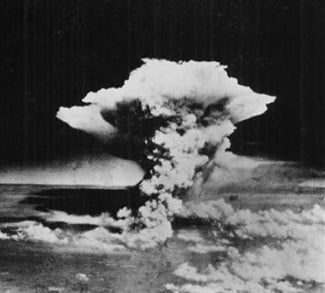



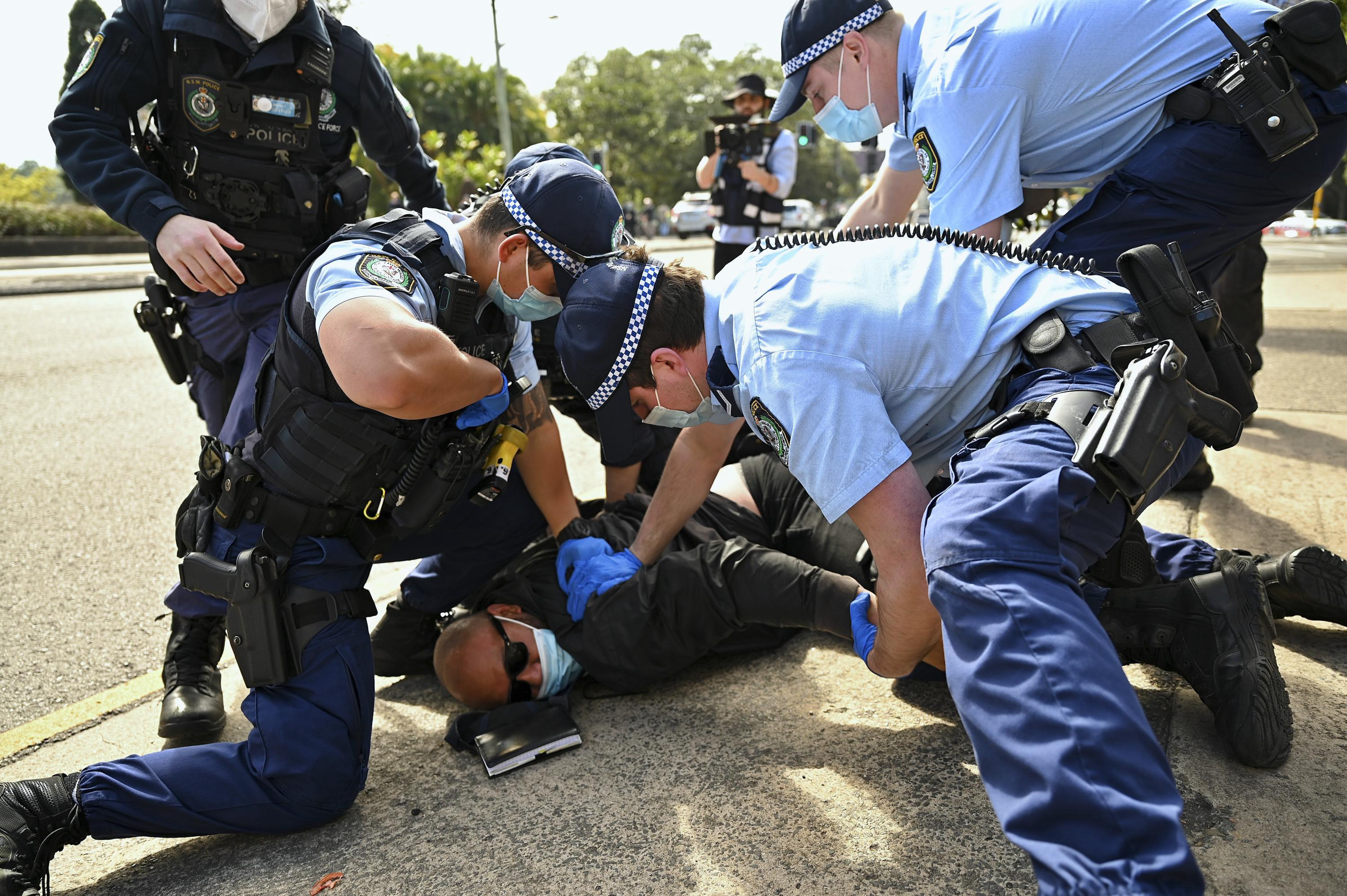



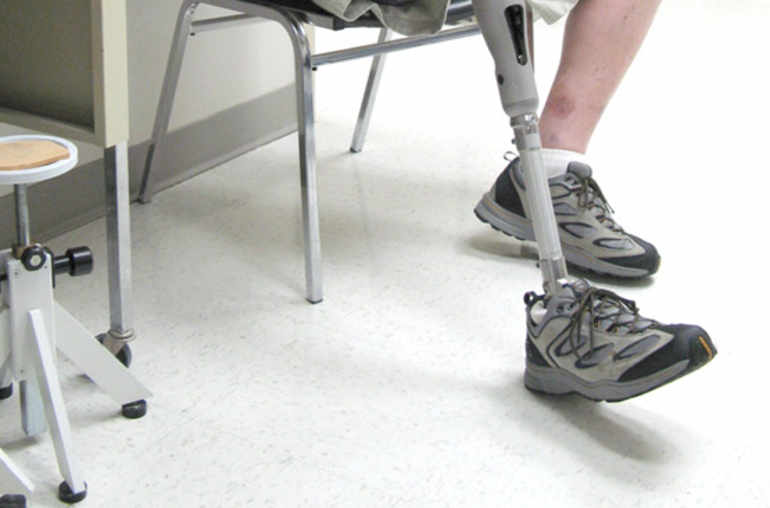

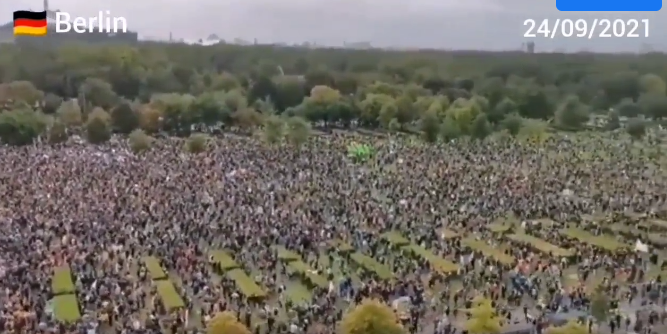


.jpg)

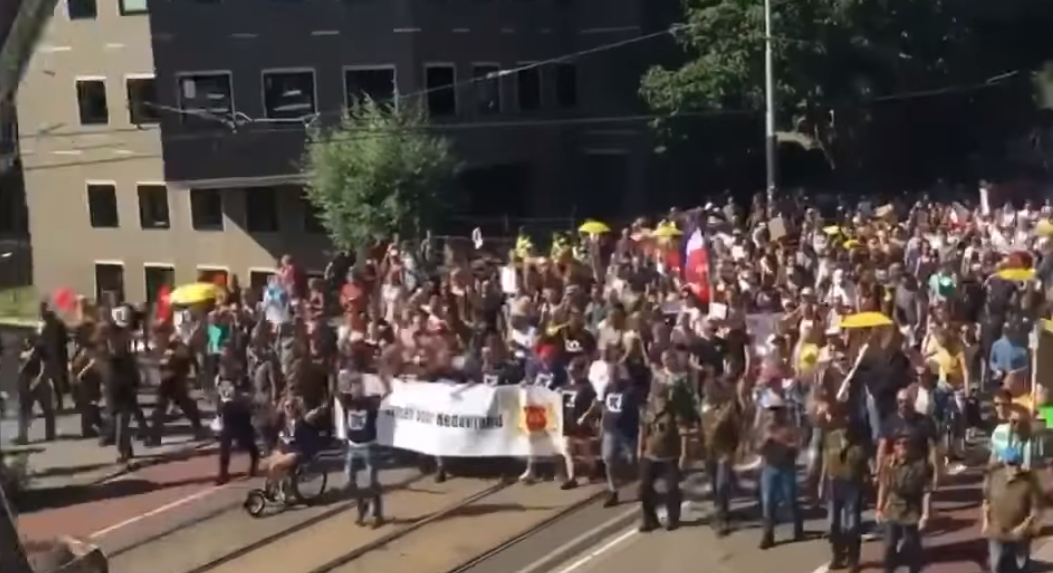

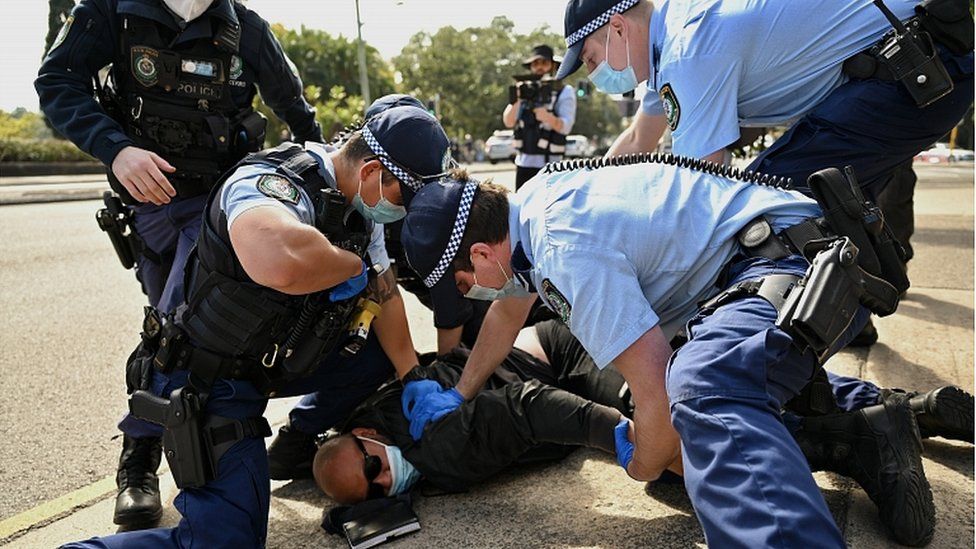


 English (US) ·
English (US) ·  French (CA) ·
French (CA) ·